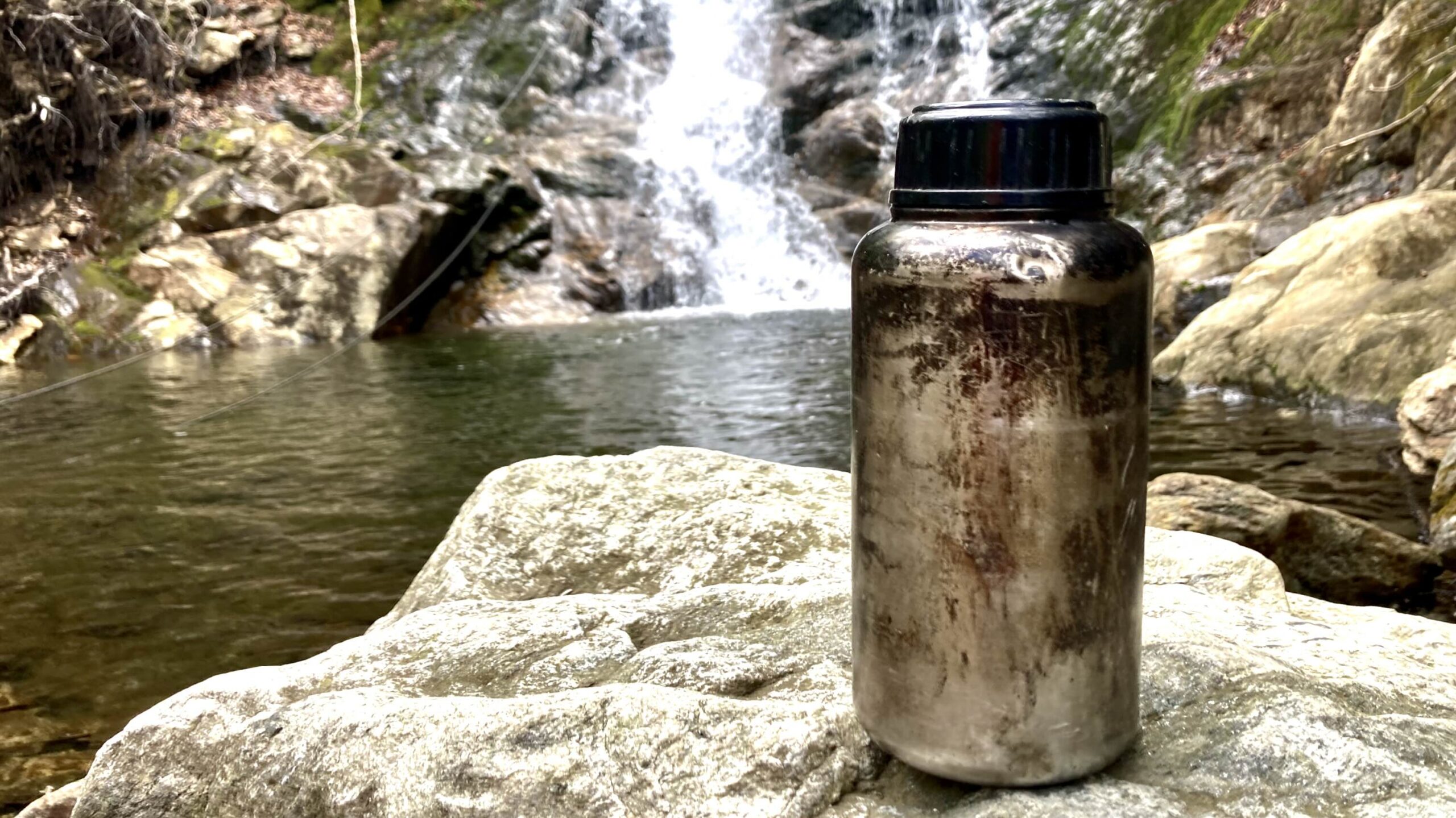One of the best things about dry practice is the very minimal equipment demands and non-existent consumable demands. Dry practice doesn’t consume ammo, destroy targets, or require a lot of expensive tools. It is a very inexpensive training methodology – anyone can afford to dry practice. One thing you do need, however, is a good set of snap caps. Today I’m going to talk about A-Zoom snap caps.
This article contains affiliate links. In full disclosure I have no relationship with A-Zoom, their parent corporation, or anyone at A-Zoom. A-Zoom did, however, provide me with some free snap caps after I cold-emailed the company. Obviously this review is not completely unbiased; I reached out to A-Zoom specifically because of my preexisting fondness for their product.
Why You Need Snap Caps
For every person telling you you need snap caps, there’s some dude telling you not to worry about it. Honestly, I have very little doubt that most modern guns can be dry fired quite a bit with no ill effect. If, for whatever reason, I need to do a few dry practice sessions without snap caps, I’m perfectly fine doing so.
On the other hand, I do believe it’s another matter if you’re doing a considerable amount of dry practice. I’m going to butcher (and steal) a quote John Hearne gave me in an interview: “if you’re doing enough dry practice that it matters, using snap caps probably matters.” I concur. If you’re planning to do tens of thousands of repetitions, you might want to have something inside the chamber. Similar to what I pointed out about carry ammo, a few days’ worth of abuse isn’t going to hurt anything, but the cumulative effect of months’ worth might.
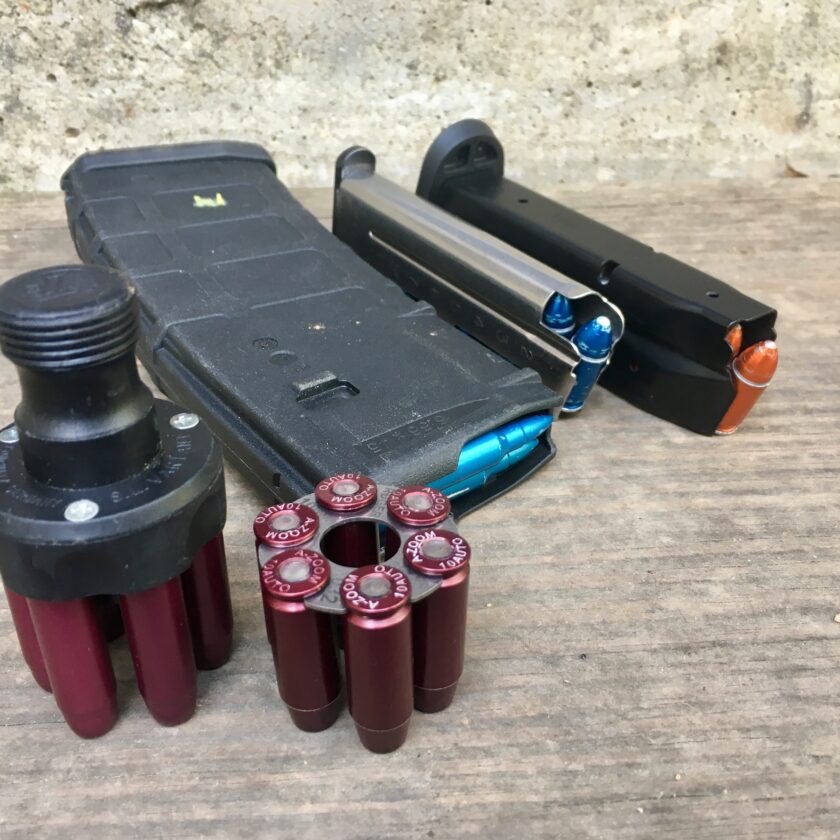
Regardless, and even if you’re completely unconcerned about damaging your firearm, you still need snap caps. Why? It’s awful hard to practice reloads without them. With a semi-auto you could just reload empty mags into your gun (sort of, I guess), but with a revolver you have to put something into those chambers. Working on slug-select drills or just shoot-one-load-one with a shotgun? Again, it’s not going to work out too well for you without something to put into the gun.
It’s also difficult to setup realistic malfunctions without snap caps. I probably only dry “fire” once for every dozen or so draws or other manipulations. Not being able to work those other manipulations would seriously inhibit my ability to practice the full range of skills necessary to master my firearm.
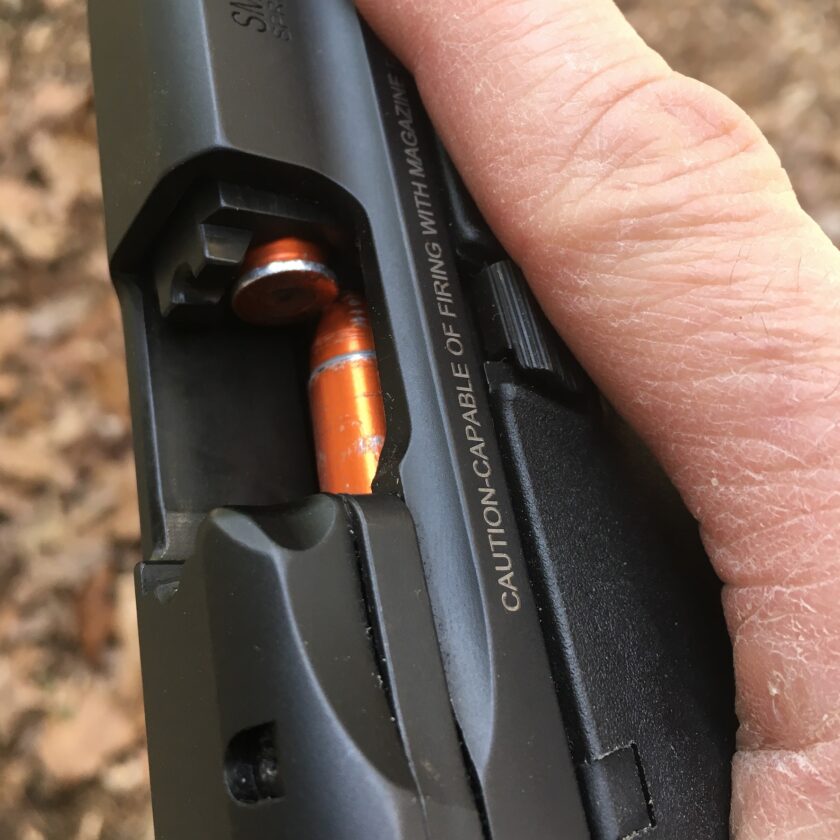
Bottom line: if you’re dry practicing seriously, you probably need some snap caps to protect your firearm. Even if you aren’t worried about it – or not dry practicing that much – snap caps support the maintenance of a broader range of skills.
A-Zoom Snap Caps
Now I’m going to talk about why I like A-Zoom snap caps so much. There are an awful lot of snap caps out there. The are plastic ones, solid steel ones, brass ones, ones that look like live round save for an orange or blue tip, etc. A-Zoom caps are the ones that I – by far – have the most experience with. The first benefit I see is a direct result of all this experience: durability.
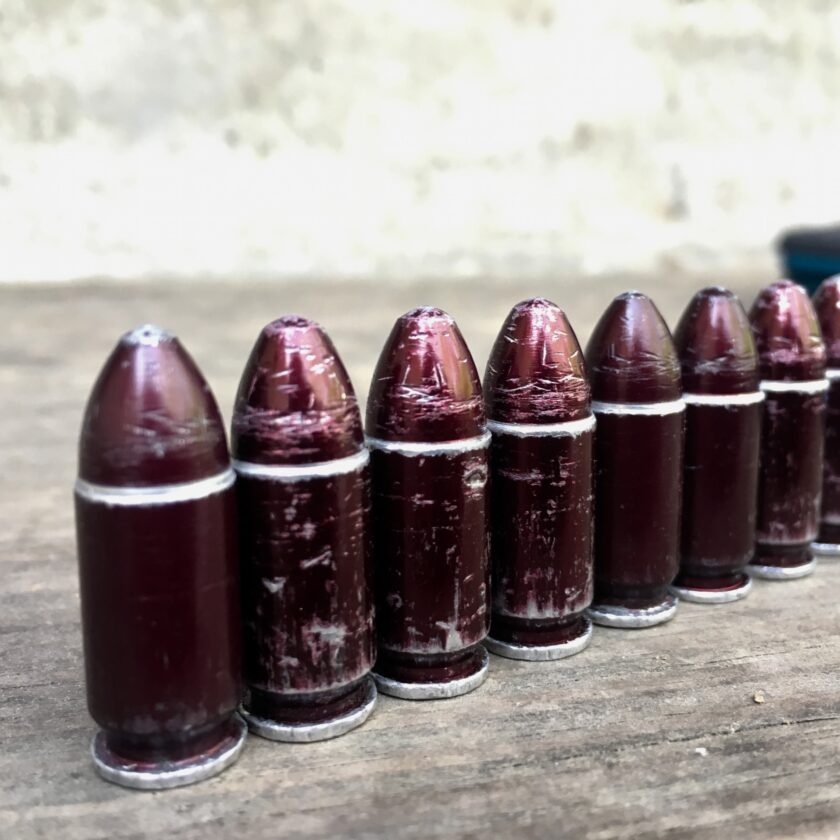
A-Zoom snap caps are nothing if not durable. Each one is machined from solid aluminum, save for the primer. I have five snap caps that I have had for ten years or more. Though beat up they are still going strong. The primer of each cap (except rimfires) is a very durable plastic material. The photo below shows the primers of various snap caps, some very heavily used (9mm) and some very lightly used (10mm). None of the primers look appreciably worse for wear.
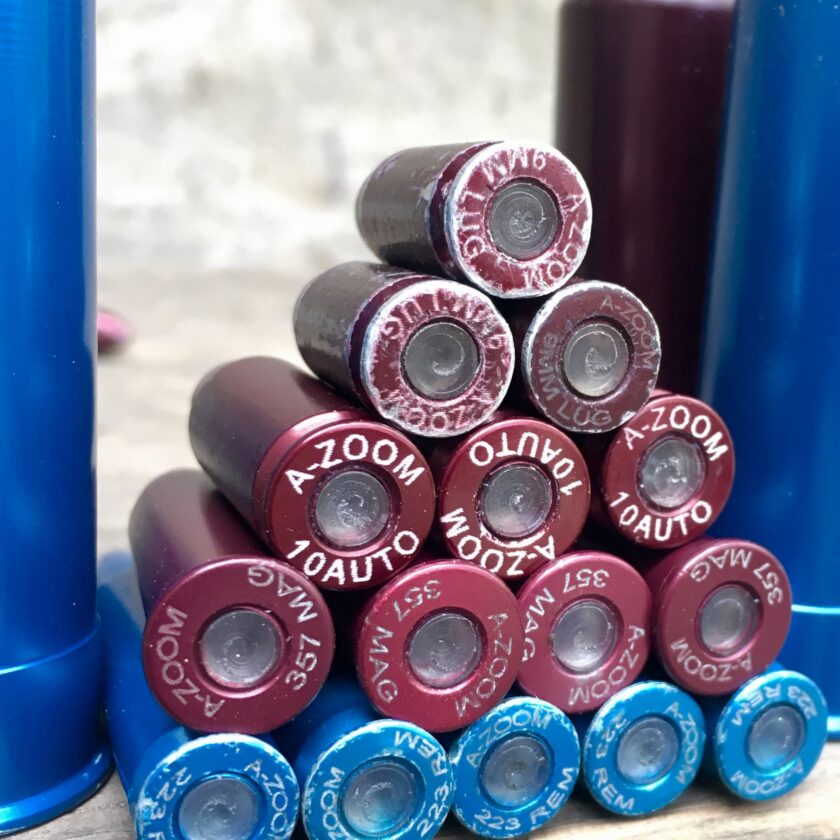
I think you are probably going to wear the body long out before you destroy the primer. This is slightly surprising to me: I have yet to break a snap cap. In the past two years I’ve put over 80 hours on just a handful of caps, and while I’ve lost a few, I’ve yet to break one. That speaks pretty highly to me.
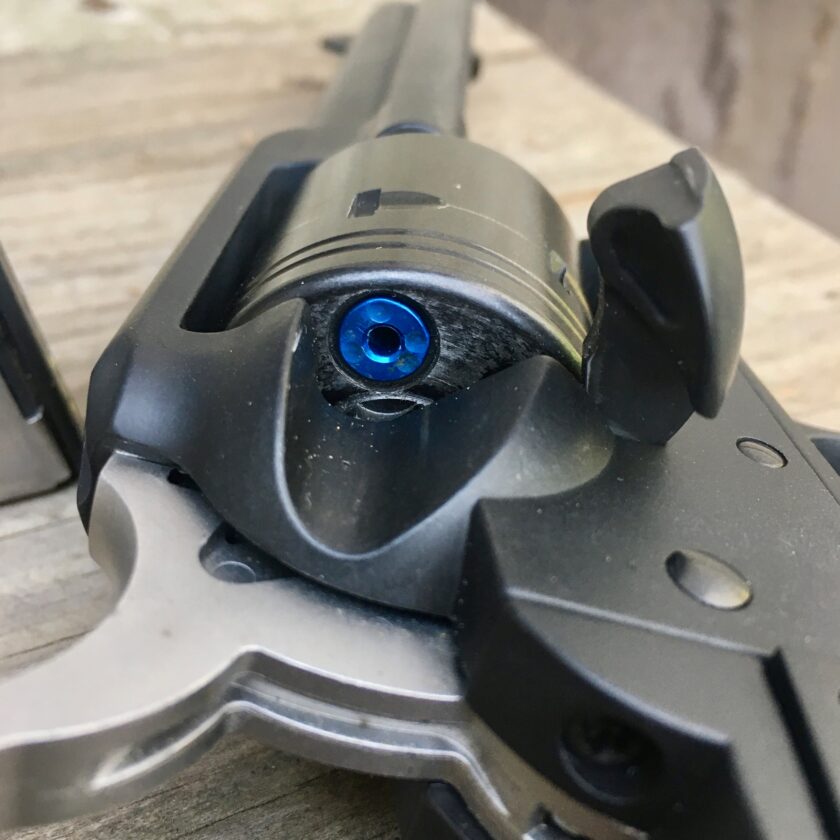
The next benefit of A-Zoom snap caps is the color. Personally, I don’t like dummy rounds or other rounds that look like live ammo because of the possibility of mixing them up with live ammo. I like to look at the rounds in my hand (I unload magazines fully before dry practicing) and know see that every single one is blue, red, or orange. I also like to be able to press-check and immediately ascertain that the object in the chamber is a snap cap.
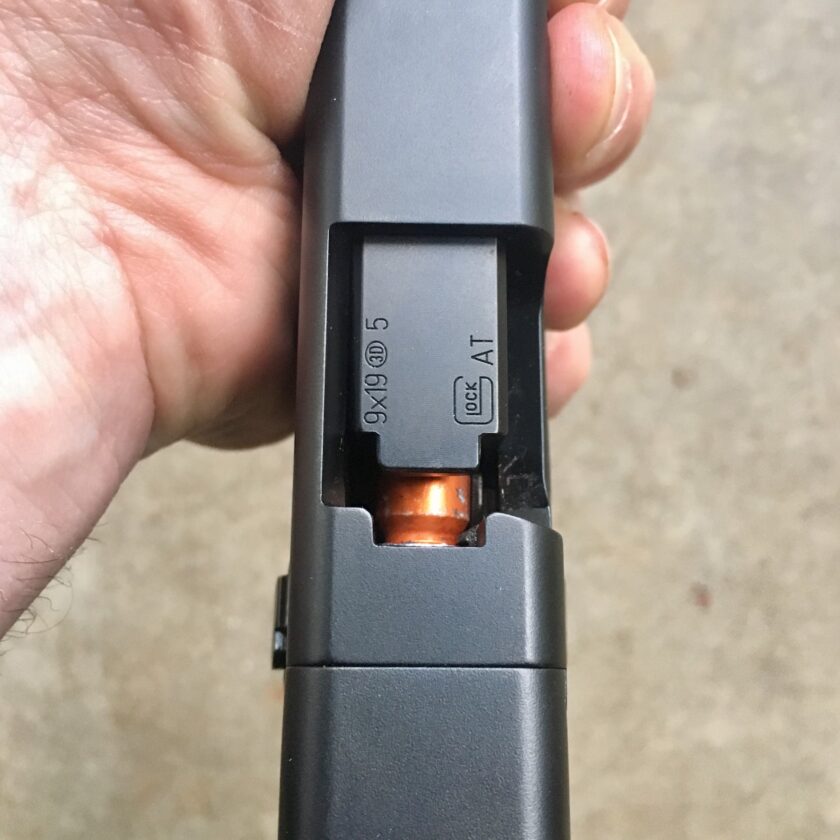
The color also helps you find your caps. If you dry practice outdoors, this can be a huge challenge. I find the blue caps are the best for my outdoor environment; orange and red tend to blend in with leaf litter. The orange caps work very well indoors, however.
Finally, I really like snap caps for teaching new shooters. I have taken quite a few people to the range for the first time over the years. In almost every case I have insisted we spend some time together before the range, going over safety rules and basic manipulation. I find that trying to do that stuff at the range is unproductive; it is a loud environment with a lot of distractions, and we’re paying for that time. Spend an hour or two before you get there and make the most of the range time. Snap caps will absolutely help with that.
Complaint
The only complaint I have with A-Zoom snap caps is the weight. They do not mimic the weight of a live round in most chamberings. The solid aluminum shotgun rounds might be an exception; a 1-ounce slug weighs about 41 grams according to my kitchen scale, but the A-Zoom cap weights around 48 grams – about a quarter of an ounce heavier. But in rifle and pistol calibers it’s just nowhere close. Obviously I can live with this, but if I could have my ‘druthers these would actually replicate real cartridge weight. A more accurate weight would slow slide travel home (with the sheer volume of dry practice I’m doing I would prefer this) and mimic the weight of a full magazine.
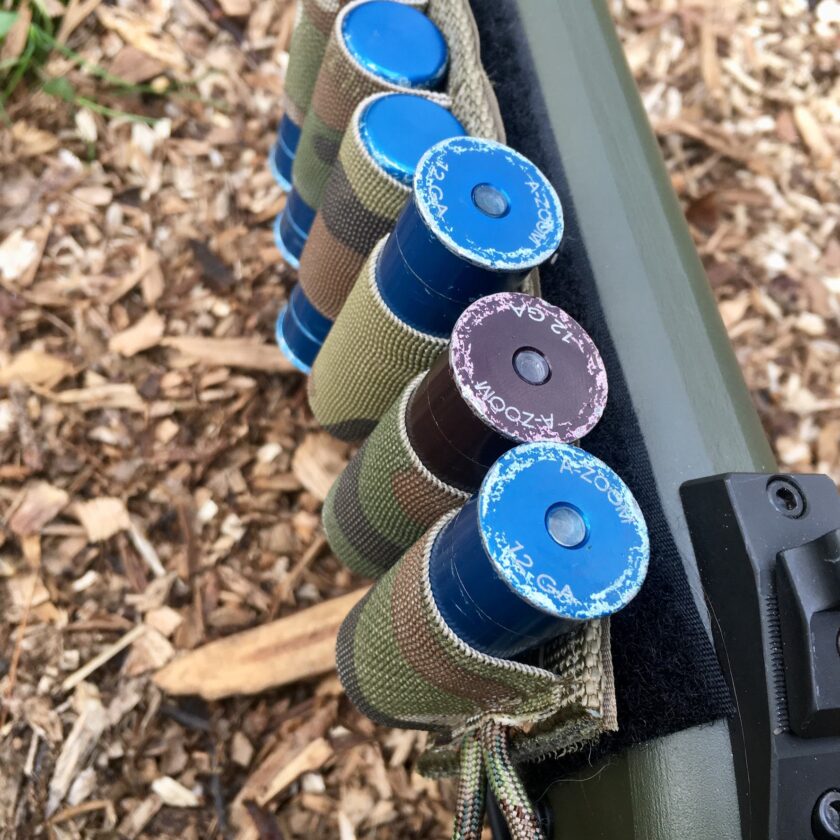
Options & Availability
I wouldn’t have a gun and not have at least a few snap caps for it. A-Zoom snap caps are available for just about any common caliber. For rimfires you can purchase .22 LR and .22 WMR caps. Common pistol and revolver cartridges like 9mm, .40 S&W, .45 ACP, .38 Special, and .357 Magnum are supported, as are a bunch of more exotic cartridges like .38 Super, 7.62 Tokarev, and 5.7×28.
Supported rifle calibers are too numerous to name. Obviously common calibers like .223, .30-30, and .308 are covered, as well as oddballs like 6.5 Grendel and .458 SOCOM, spanning the gamut all the way up to .50 BMG. Shotguns are covered, too, from .410 to 10 gauge. I love A-Zoom’s 12-gauge snap caps and really appreciate the weight.
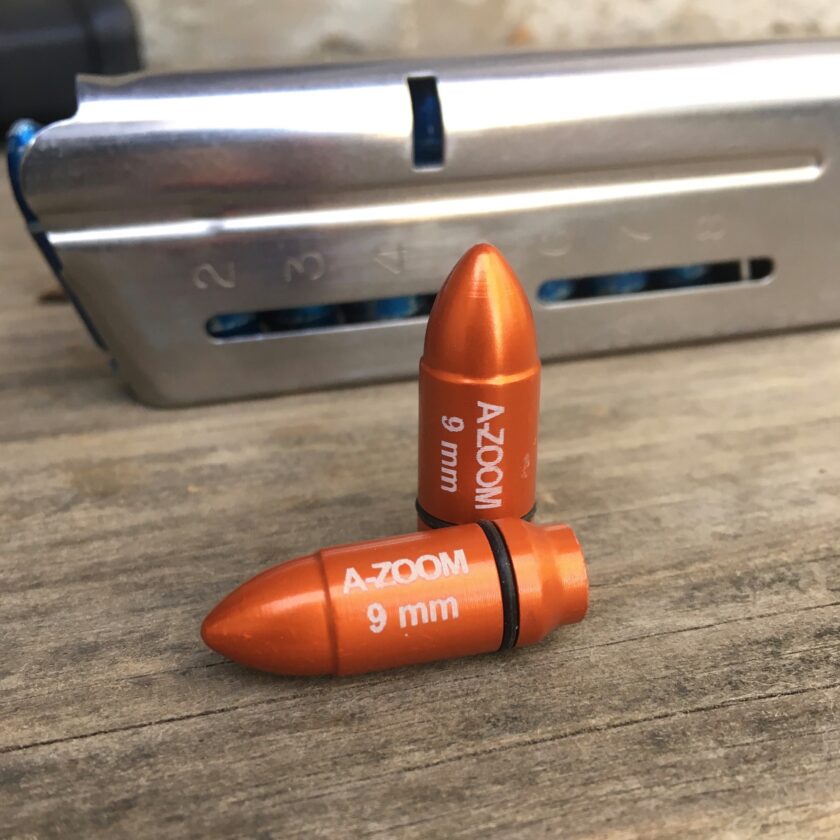
A-Zoom also makes a slightly different cap called a StrikerCap. This one is without a rim that your extractor can catch on. It also has a small O-ring around the body of the cap. This keeps the StrikerCap firmly in the chamber so you can rack your slide without ejecting your snap cap. I don’t really use this one (again, my dry practice is far less about dry “fire” and more about gaining massive repetitions of manipulations) but I can certainly see the usefulness for some people.
If you don’t have any snap caps, get some. You might still be going to the range. You might have enough ammo to keep you shooting for quite a while. I bet you don’t have enough ammo to keep you shooting indefinitely. Snap caps will let you practice with or without ammo.





